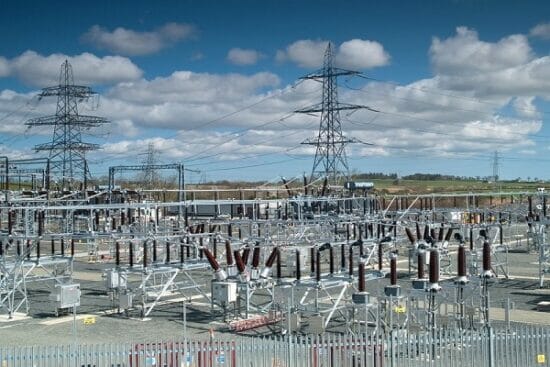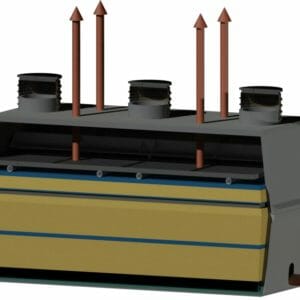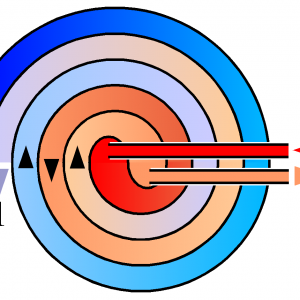-
×
 E – 2055 A Modern Approach to Creating Electrical Schematics
1 × $150.00
E – 2055 A Modern Approach to Creating Electrical Schematics
1 × $150.00 -
×
 E - 1683 Gas Insulated Substation (GIS) Installation
1 × $75.00
E - 1683 Gas Insulated Substation (GIS) Installation
1 × $75.00 -
×
 E - 1677 Power Transformer Testing
1 × $75.00
E - 1677 Power Transformer Testing
1 × $75.00 -
×
 E - 1680 Arc Flash Hazard Calculations in DC systems
1 × $75.00
E - 1680 Arc Flash Hazard Calculations in DC systems
1 × $75.00 -
×
 E - 1697 Self-Driving Cars: What Can We Realistically Expect ?
1 × $75.00
E - 1697 Self-Driving Cars: What Can We Realistically Expect ?
1 × $75.00 -
×
 E - 1674 Low Voltage Switchgear
1 × $75.00
E - 1674 Low Voltage Switchgear
1 × $75.00 -
×
 E - 1682 Recent Trends and Innovations in Arc Flash Assessment
1 × $75.00
E - 1682 Recent Trends and Innovations in Arc Flash Assessment
1 × $75.00
Subtotal: $600.00


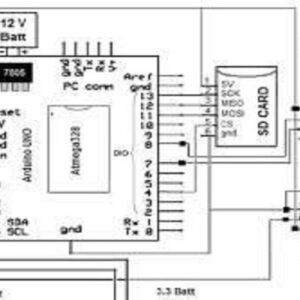 E – 2055 A Modern Approach to Creating Electrical Schematics
E – 2055 A Modern Approach to Creating Electrical Schematics 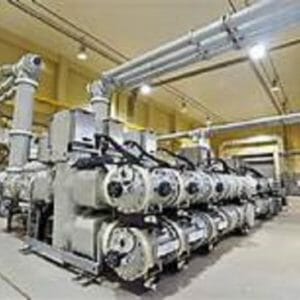 E - 1683 Gas Insulated Substation (GIS) Installation
E - 1683 Gas Insulated Substation (GIS) Installation  E - 1677 Power Transformer Testing
E - 1677 Power Transformer Testing 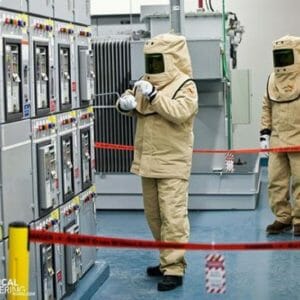 E - 1680 Arc Flash Hazard Calculations in DC systems
E - 1680 Arc Flash Hazard Calculations in DC systems  E - 1697 Self-Driving Cars: What Can We Realistically Expect ?
E - 1697 Self-Driving Cars: What Can We Realistically Expect ? 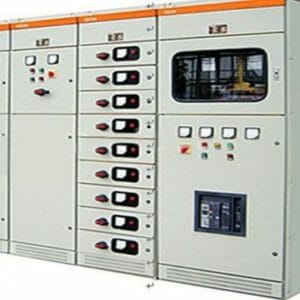 E - 1674 Low Voltage Switchgear
E - 1674 Low Voltage Switchgear 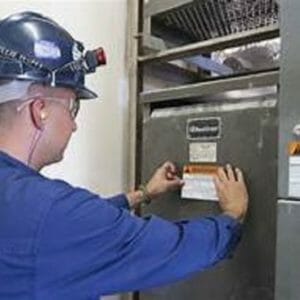 E - 1682 Recent Trends and Innovations in Arc Flash Assessment
E - 1682 Recent Trends and Innovations in Arc Flash Assessment 